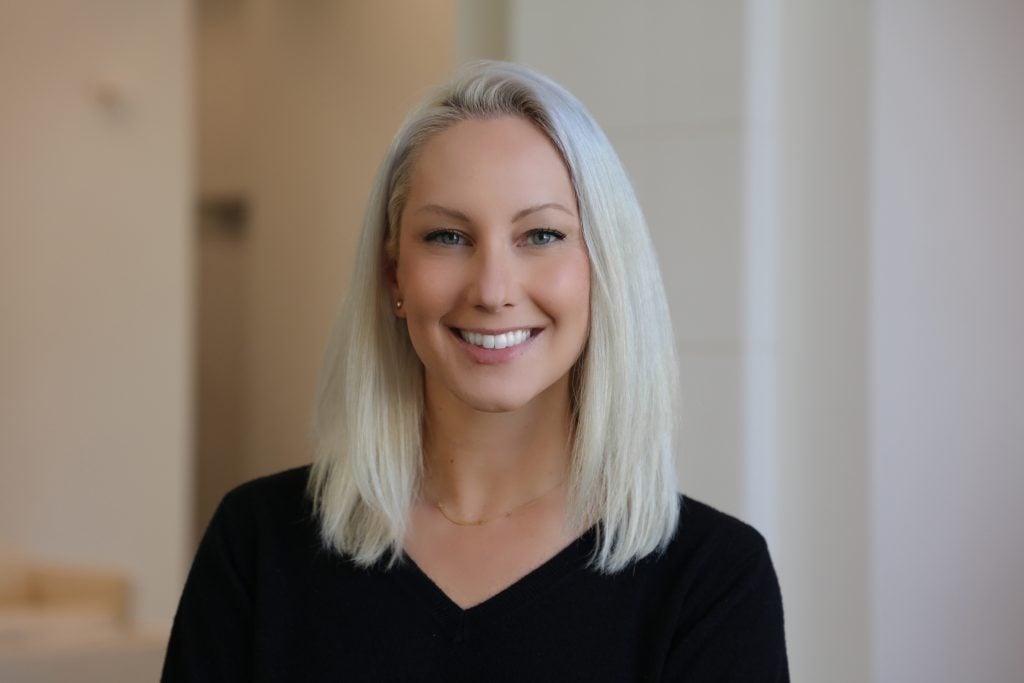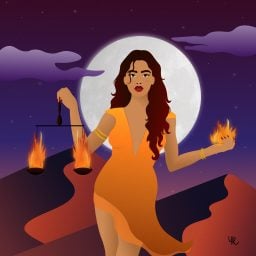She was an NFT hater. As a curator, art historian, and critic, Tina Rivers Ryan had spent much of her career waiting for the digital art she loved to receive the widespread support that museums lavished on traditional mediums like painting and sculpture. A diverse network of artists have been investigating new technologies related to computers since the 1960s, but it wasn’t until outsiders crashed the conversation with speculative financial assets called non-fungible tokens that most of the art world started paying serious attention. Countering the crypto market’s eclipse of this history, Ryan went on the attack. “Instead of appreciating the value of digital artworks, NFTs have sold them short,” she wrote in Artforum in May 2021. “They reify ownership and platform capitalism at precisely the moment when digital art could be facilitating a conversation about alternatives.”
The Buffalo AKG Art Museum curator’s opinions have become more nuanced in recent months. Ryan has plunged into the metaverse and cultivated friendships with leading digital artists who work with NFTs, including Dmitri Cherniak, Sarah Zucker, and Itzel Yard (known online as IX Shells). She has had regular conversations with Erick Calderon, the founder of the Ethereum-based Art Blocks platform and creator of the Chromie Squiggles NFT collection. “This [moment] is a prelude of what comes next,” she explained to Artnet News. “And I want to make sure we [in the traditional art world] have people in the room to help shape those conversations while the future is still being drafted.”
Ryan is helping to write the first draft of this history through initiatives that include “Peer to Peer,” her museum’s recent online exhibition and fundraising auction of blockchain art in partnership with the Feral File platform, and her participation in E.A.T._Works, a Web3 organization matchmaking artists and technologists. And she is gaining recognition for her digital art advocacy: the Buffalo AKG Art Museum highlighted Ryan’s contribution as “a respected scholar on Web3, the metaverse, blockchain, NFTs, and the impact of technology on contemporary life” in a statement announcing her recent promotion to a full curatorship. The Andy Warhol Foundation also awarded her a prestigious Arts Writers Grant for a forthcoming series of articles about the impact of blockchain technologies on the criticism and curation of contemporary art.
Artnet News recently selected Ryan as one of its 2022 Innovators, a list of 35 professionals pushing the art industry forward. The following conversation is an expansion of her entry on the Innovators List and a detailed look at how a skeptical art historian became one of the NFT art community’s biggest boosters.
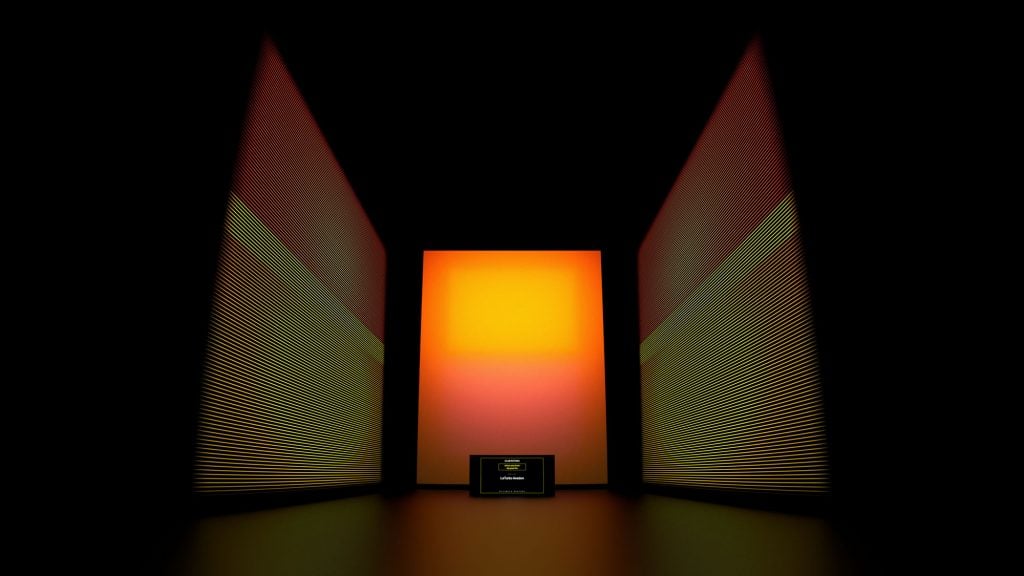
LaTurbo Avedon, CLUB ROTHKO—ORANGE AND YELLOW STARTER PACK (2022), part of the online exhibition “Peer to Peer” presented by the Buffalo AKG Art Museum in partnership with Feral File. Image: © LaTurbo Avedon. Courtesy Buffalo AKG Art Museum.
When the NFT bubble started about two years ago, you were one of the first museum curators to sound the alarm. There were several great zingers from your articles and interviews during that period, but one that really sticks out in my mind is from a March 2022 New York Times article where you said that NFTs were bringing about “an impoverishment—and not just of digital art, but of art full stop, because it reduces art to being a frictionless commodity.” Do you still believe that position?
In retrospect, I could have been more specific because I was talking about NFTs as they were being promoted by certain platforms and investors who were coming from outside the digital art community. But it has become increasingly clear that there are other ways of engaging with NFTs within the market.
For example, there are certain platforms that prioritize leaderboards and in doing so emphasize looking at artworks as investments. Then there are other platforms like Feral File, which we [at the Buffalo AKG Art Museum] partnered with on the “Peer to Peer” exhibition, that have space for commentary and curatorial frameworks. In that instance, the NFT is not something taking precedence over the artwork to which it is attached, but something being used as it was originally intended—as a digital receipt.
What I objected to was the kind of substitution or elision that was happening when tokens were given priority. But the way the space has developed, the balance has shifted, especially thanks to the emergence of critical platforms like Outland and the writers calling for historically grounded dialogue. That makes it easier to think about digital art as art again.
Thinking about digital art has been your life’s work. But when you were completing your PhD dissertation at Columbia University in the early 2010s, this was not an especially popular topic. What was your experience like in academia?
I have always seen digital art as an extension of modern and contemporary art history. When I look at digital art, I’m not just seeing the technology but a lineage of artists who have been asking the same kind of questions that others have been asking for the last 150 years, such as the conceptual nature of art or the tensions between abstraction and figuration.
As my Columbia advisor Branden Joseph once noted, I like to dig around in the muck of art history. When I was there, I was particularly interested in artists who had not yet been admitted into the canon. My research continues to focus on artists whose practices have been overlooked or even irretrievably lost because the technologies they used have become obsolete.
Over the last 15 years, time-based media art like film and performance have become increasingly important to the academic field. Now, I think that digital art is becoming popular, but it will be hard to know what impact, if any, NFTs will have on the discipline until many years in the future.
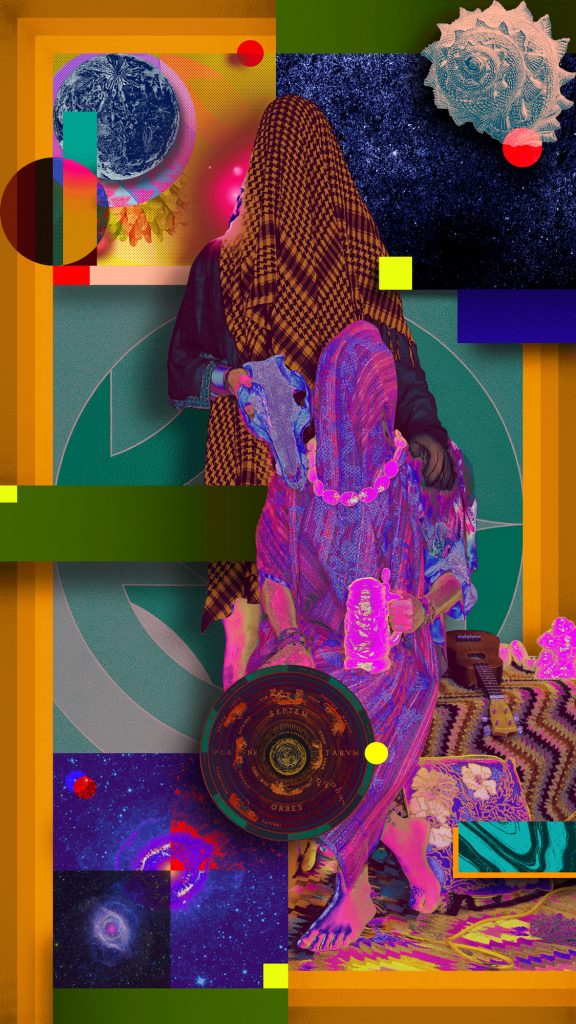
Amir H. Fallah, Wheel of Life (2022), from the online exhibition “Peer to Peer”. Image: © Amir H. Fallah. Courtesy Buffalo AKG Art Museum.
You are a trained art historian, but has researching NFTs made it feel like you’ve also earned an honorary degree in economics?
It has been really challenging, honestly, because I am trying to bring more nuance to the intersection of art and finance without letting it get reduced to a straw-man argument in which people claim that one side is more tainted or pure than the other.
We need to understand how capital operates in different market ecosystems where there are different advantages and disadvantages. NFTs have not fully solved problems in the art world, though they can represent a step in the right direction. But issues like a lack of transparency, faulty provenance records, art flipping, and artist royalties need more work. I hope the outcome of these conversations will be that people who have been empowered and enfranchised by NFTs will realize the importance of these points.
What impact has engaging with the NFT community had on your role as a museum curator?
It is now easier for us to find larger audiences. Before, audiences for digital art were defined by the general museum audience and our job was to make the digital art as relevant as possible. But now we can also curate for this larger community out there who are extremely interested in that digital art.
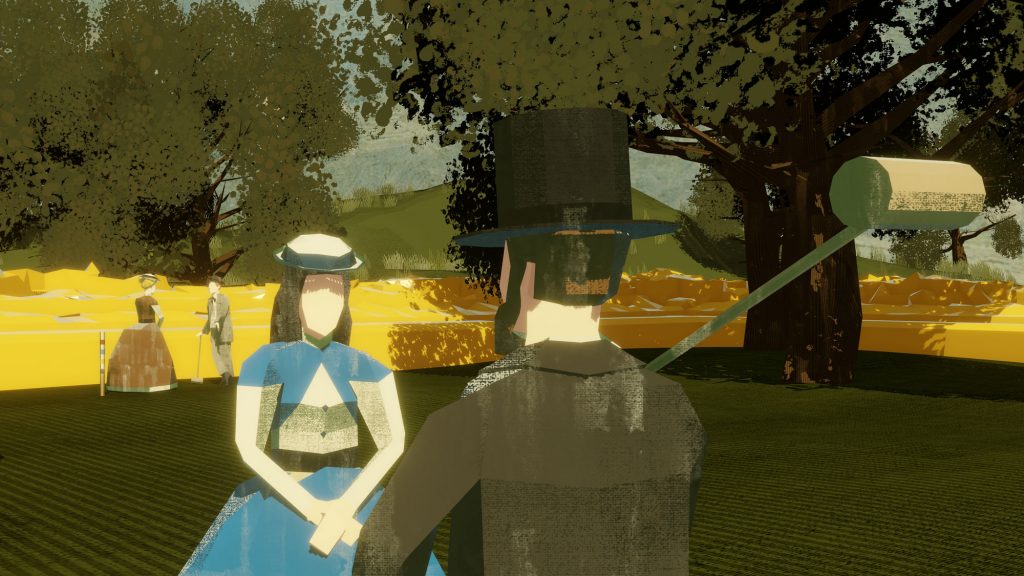
Mitchell F. Chan, Winslow Homer’s Croquet Challenge (2022), from the online exhibition “Peer to Peer”. Image: © Mitchell F. Chan. Courtesy Buffalo AKG Art Museum.
If NFTs have served as a catalyst for all these changes—the increased popularity of digital art, the curator’s role in exhibiting it, and the university’s interest in researching it—then what might be next for tokens? Has their role played out with the crypto crash, or is there more to see?
I think we are moving past the first phase when NFTs were fetishized. We all know what the knee-jerk reactions and criticisms are to the market, so those who want to engage more deeply have the opportunity to move into more interesting conversations around blockchain technology and how it might be used as an artistic medium.
More broadly, we will also see wider adoption and more use-cases put forward about NFTs. One example that comes to mind is that during our Art Basel Miami Beach celebration for “Peer to Peer,” we presented a QR code that allowed visitors to collect a digital souvenir from the event in a digital wallet via an app called Autonomy, which was developed by Feral File. The souvenir can then be presented to the Buffalo AKG Art Museum for an adult admission ticket when we open after our renovation next year.
In recent weeks, I have been asked a lot about what will happen to NFTs because of the FTX scandal and bankruptcy. But this brings me back to the useful distinction between the cryptocurrency market and the underlying technology. I’m not saying they are completely divisible, but the blockchain doesn’t have to be used to make crypto. It’s worthwhile to consider how we might see the blockchain develop through art in the years to come.
